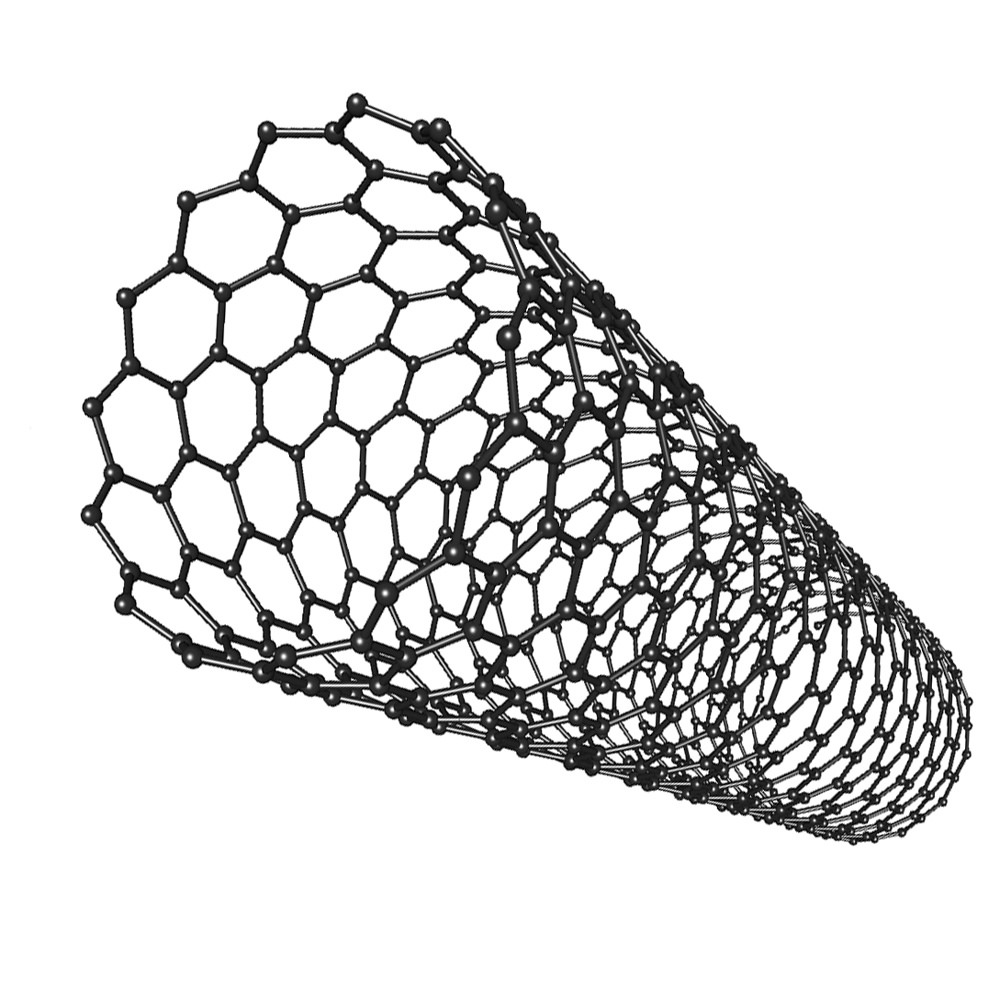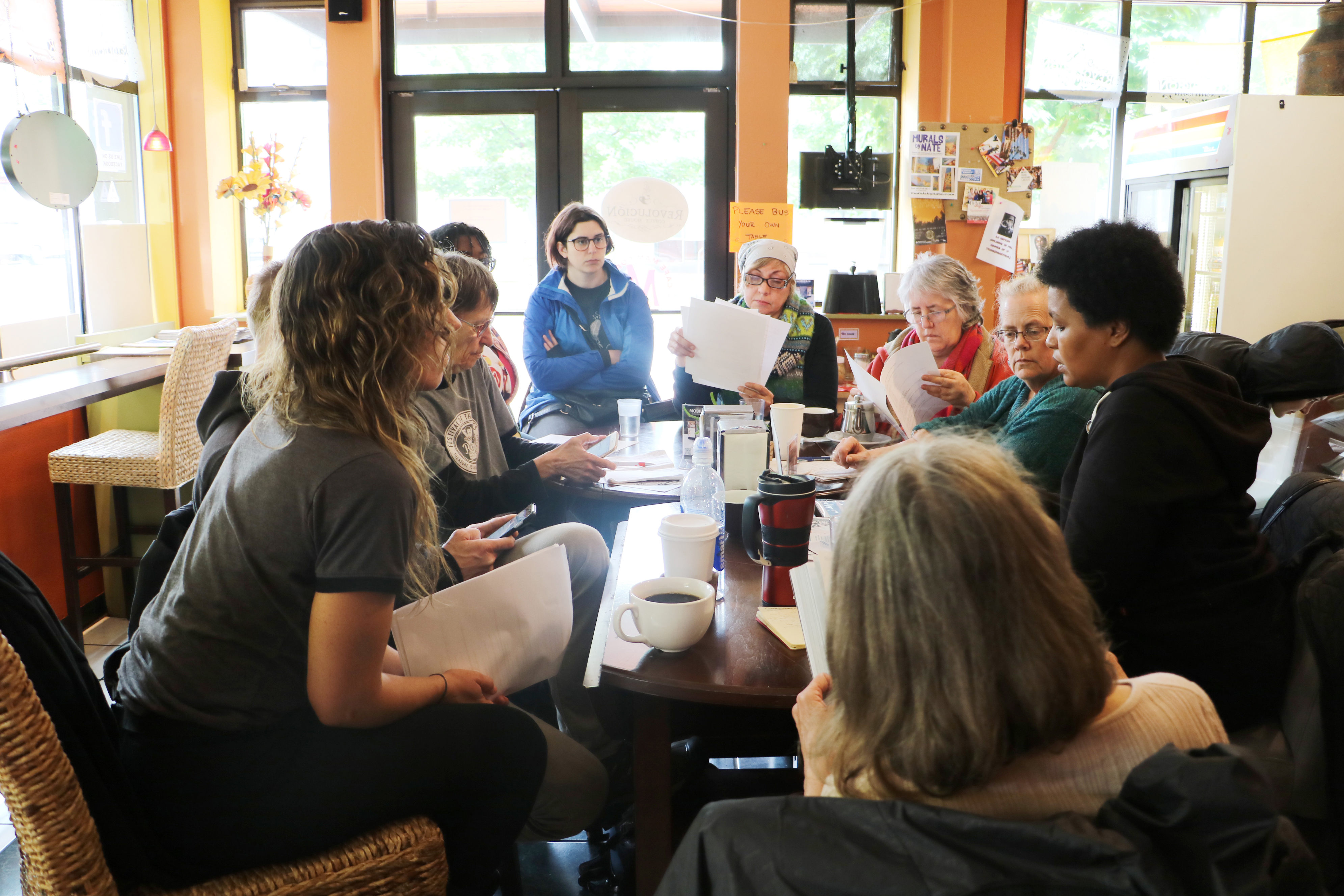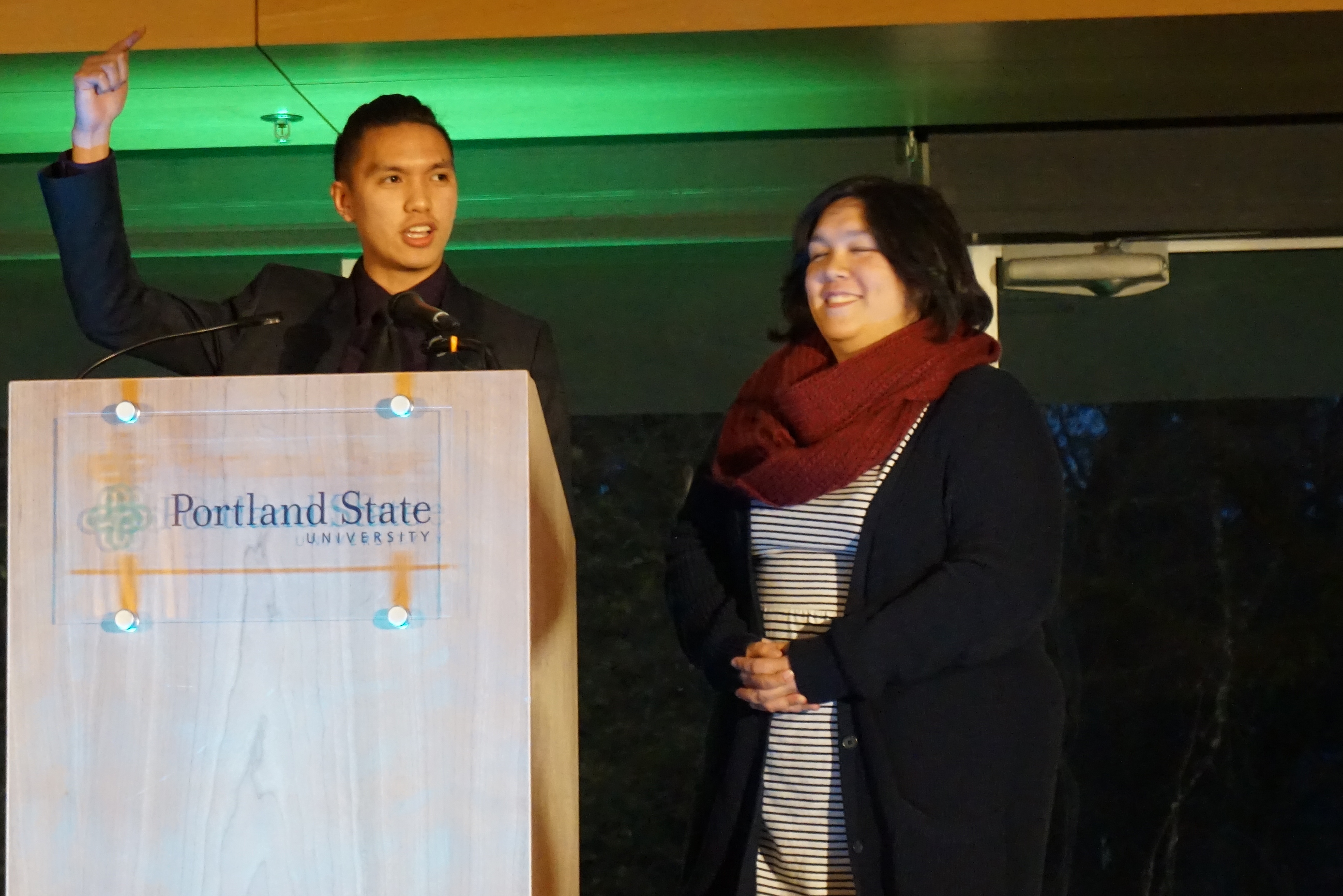Dr. Matt Graham from Micro-Femto Energetics Lab at Oregon State University spoke on Monday, May 15 in Science Building 1 as a part of the Department of Physics Seminar Series. The seminar, titled “Capturing Solar Cell Nano-Physics in the Twinkling of an Eye,” covered the work done by Graham and his team to develop more efficient solar power and faster optoelectronics.
The seminar was attended by around 100 people, most of whom were postgraduate students and members of the public.
Graham covered the techniques used in his lab to study the behavior of electrons in certain one-dimensional and two-dimensional materials, such as graphene, carbon nanotubes and transition metal dichalcogenides.
The event description states, “The Micro-Femto Energetics Lab at Oregon State develops novel spectroscopy and transport methods that resolve photoexcited electron dynamics with both micron (~10–6 m) spatial resolution and femtosecond (10–15 s) time-resolution. By creating theses ultrafast movies at single crystal grain level, we can resolve the journey of photocurrent generation; from light absorption to electron extraction.”
Graphene is a thin, tightly-packed layer of pure carbon, which captures the interest of scientists due to its strong and flexible qualities. Carbon nanotubes are a tube-shaped material made from pure carbon that is just one billionth of a meter in diameter.
Transition metal dichalcogenides are atomically thin and captured the interest of Graham’s team due to its semi-conductive nature.
“We moved on to transition metal dichalcogenides because we realized we will probably never get there with graphene,” Graham said.
The efficiency of the material can be altered through a process of stacking or twisting in order to alter the speed through which an electron can “relax.” Materials in which the electrons relax too quickly are inefficient, and so Graham’s team’s objective was to come up with ways to extend this timescale.
Graham also covered the history of ultrafast physics, which dates back to the middle of the 19th century. Leland Stanford states that “all unsupported travel is impossible” and was proved incorrect by fellow physicist Eadweard Muybridge, who discovered that a horse during a gallop lifts all four hooves from the ground at once.
Graham’s team captures the light absorption of their materials under study using a similar method of short video clips. The technology to film the activity of electrons on an atomic level is not currently available, Graham mentioned.
The next seminar in this series will be Dr. Daniel Zuckerman from Oregon Health and Science University’s “Secret lives of proteins: Physics in biomolecular behavior” on Monday, June 5.
Editor’s Note: The photo originally published in this article and alongside the May 23 print edition included a photo from a May 17 Research Colloquium hosted by the PSU Association for Environmental Science Students. These two events are not connected and the photo has been removed from this post.






